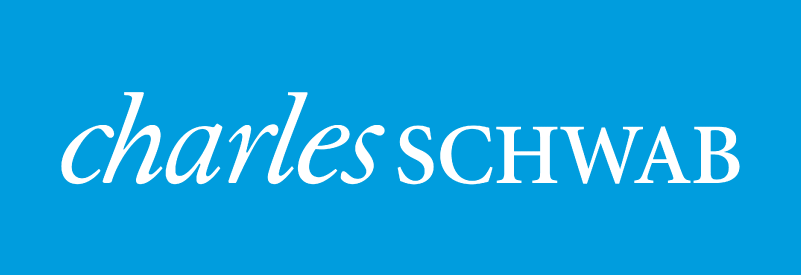For the month of March
The month of March put a nice bow on a very friendly quarter for stocks, commodities, and the USD – leaving the S&P 500 and DJIA at fresh record highs. It also put an exclamation mark on a very dark quarter for bonds as interest rates continued their ascent leaving a mark on broader fixed income markets. Market drivers for the month included significant fiscal stimulus with passage of the $1.9t American Recovery Act, strong momentum in most economic data, anticipation of a larger infrastructure spending package, and positive vaccine news counterbalanced by increasing case counts globally. The U.S. led most global equity markets with the S&P 500 returning 5.8%. Value continued to outperform growth stocks with industrials, financials, materials, and consumer staples setting the pace. Small caps took a relative breather in March (+1%) while international developed (+2.3%) and emerging markets (-1.5%), faced with a strengthening USD and Covid-19 challenges, lagged U.S. markets. Interest rates in the U.S. continued their march higher across intermediate and long-term maturities with the 5yr moving from 75bps to 92bps and 10yr from 144bps to 174bps – meanwhile, the short end remained anchored by the Fed (2yr moved from 14bps to 16bps). Commodity markets were mixed during March with headline indices losing approximately 2% driven by oil’s -3.8% tally.
Market Anecdotes
- The bull market hit its one-year anniversary mark last month putting the trough to record high move on the S&P 500 close to 75%, the best 1-yr return since the 1930’s.
- From the 3/23/20 Covid lows through 9/2/20 performance of the S&P 500 and the average stock within the S&P 500 were relatively in line but since 9/2/20, the S&P 500 is up approx 10% while the average stock in the index rallied more than 2.5x that number, nearly 25%.
- Bespoke pointed out the consolidation we’ve seen in some of the high weight/high profile tech names has compressed their valuations to interesting levels including FB (early 2018), APPL (minus 6 turns in two months), and AMZN (early 2014).
- Include us in the group of investors who are pretty surprised that a -12% correction in the Nasdaq 100 left the rest of the market basically untouched. Long duration cash flow equities and bonds are the only real casualties of the move higher in yields thus far.
- The March FOMC meeting delivered a decisive dovish tone as expected with a message of no expectations for rate hikes through 2023. Powell also made clear that both the mix and size of QE are appropriate, seeing near term inflation pressures as slow moving and transitory.
- The market and the Fed are pricing (forecasting) very different views of monetary policy over the next 2+ years. Only 7 out of 18 FOMC participants expect any rate hikes before the end of 2023, while the market sees over four 25 basis point hikes by then.
- The ECB, BoE, and BoJ left policy rates and QE programs unchanged and remained in sync on the need for ongoing policy accommodation. The BoJ did lay some groundwork for future policy tightening by increasing the +/- band around 0% and removed explicit ETF guidance.
- Washington had a busy month. It delivered $1.9t of stimulus in the American Rescue Plan on March 11th and floated details of a proposed infrastructure bill which is expected to be far less consequential to GDP and inflation than CARES, CAA, and the ARA.
- BCA estimates U.S. households were sitting on $1.7t in excess savings at the end of February. A third stemming from stimulus payments and two thirds stemming from consumers just spending less during the pandemic.
- The USD continued its countertrend rally in March. The relative nature of US to non-US growth and US to non-US real yield differentials will be the USD drivers longer term.
Economic Release Highlights
- The March jobs report far exceeded consensus estimates (916k v 658k), leaving the unemployment rate at 6.0%.
- The March ISM Manufacturing Index of 64.7 came in well above consensus calls for 61.5. Strong new orders, surging costs, and slow deliveries were again very clear. March ISM Services Index crushed expectations (63.7 v 58.6), surging well above February’s 55.3 level.
- March U.S. flash PMIs (59.1c, 59.0m, 60.0s) remained extremely elevated and in line. Japan (48.3c, 52.0m, 46.5s) numbers were generally in line but the EU surprised nicely to the upside (C: 52.5 v 49.1), (M: 62.4 v 57.7), and (S: 48.8 v 46.0).
- The Income and Outlays Report released in March carried no surprises with Income (-7.1% v -7.2%), PCE (-1.0% v -0.7%), and core PCE Prices (1.4% v 1.5%) all coming in near forecasts.
- February Retail Sales fell well short of expectations (-3.0% vs -0.5%) after an extremely robust January result. Weather was likely a material factor.
- Consumer Confidence in March surged higher to 109.7, handily outpacing the consensus forecast of 96.0. The UofM Consumer Sentiment Index (f) registered more improvement than expected (84.9 v 83.3).
- Housing market data released in March revealed slowing mortgage applications (higher rates) and sagging sales likely due to winter weather (existing sales (6.22M v 6.50M), new sales (775M v 875M), and pending sales (-10.6%).
- Short housing supply likely factored into the January Case-Shiller Home Price Index coming in toward the high end of estimates +1.2% M/M and +11.1% Y/Y. The March Housing Market Index stayed very elevated and near consensus forecast (82 vs 83).




Leave a Reply